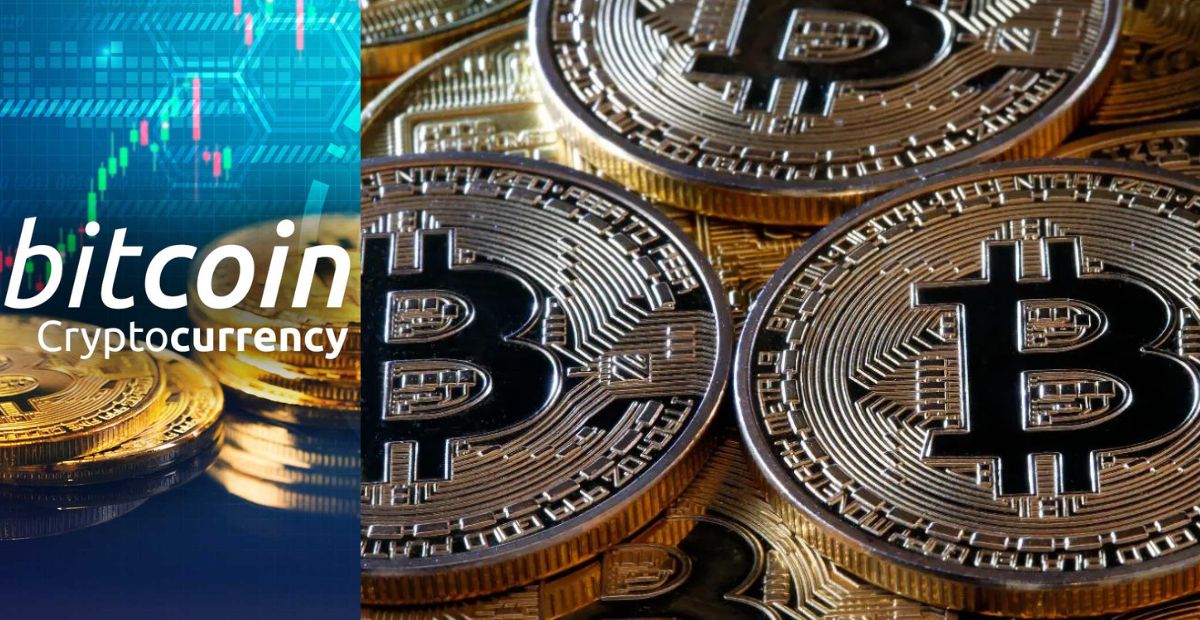The year has witnessed remarkable developments in the world of Bitcoin, showcasing its resilience and growing influence.
From regulatory approvals to unprecedented price surges, the cryptocurrency has captured the attention of both investors and financial institutions.
This article delves into the recent achievements of Bitcoin, focusing on key events, such as the approval of ETFs, price milestones, and the upcoming fourth Bitcoin halving.
Regulatory Milestones: SEC’s Approval of ETFs
In January, the Securities and Exchange Commission (SEC) provided a long-awaited stamp of approval to 11 spot ETFs, marking a significant step in the mainstream acceptance of Bitcoin.
After months of speculation, this regulatory endorsement opened doors for more widespread adoption and institutional participation in the cryptocurrency market.
February witnessed a remarkable surge in Bitcoin’s value, with the token surging nearly 50%. On Tuesday, the cryptocurrency hit a new record high, surpassing $69,000 for the first time since November 2021.

These price fluctuations not only attract the attention of traders but also prompt broader discussions about the factors influencing Bitcoin’s market dynamics.
The Fourth Bitcoin Halving: A Closer Look
One of the imminent events on the horizon is the fourth Bitcoin halving, scheduled for next month. The halving, occurring approximately every four years, is a fundamental mechanism ingrained in Bitcoin’s protocol.
During this event, the reward for mining new blocks is halved, contributing to the gradual reduction of new Bitcoin supply.
The upcoming halving, reducing the reward to 3.125 bitcoins per block, aims to maintain the cryptocurrency’s scarcity, as outlined in its original white paper.
The Purpose of the Halving
The halving mechanism is rooted in the process of Bitcoin mining, where computers solve intricate mathematical problems to validate and secure transactions on the network.
By halving the mining reward every 210,000 blocks, Bitcoin seeks to control the pace at which new bitcoins are generated, capping the total supply at 21 million.

This intentional scarcity aligns with the cryptocurrency’s foundational principles, distinguishing it from traditional fiat currencies.
Bitcoin’s Institutionalization: A Growing Trend
The increasing attention from major financial institutions, including JPMorgan and Deutsche Bank, highlights Bitcoin’s growing institutionalization.
As the cryptocurrency market matures, traditional financial players are acknowledging the significance of events like the Bitcoin halving and the role of regulation.
Whether one views Bitcoin as a cynic or a convert, its growing institutionalization is undeniable.
As the market navigates these developments, the fourth Bitcoin halving in April holds the promise of influencing Bitcoin’s price trajectory, with potential repercussions reaching far beyond the crypto community.
